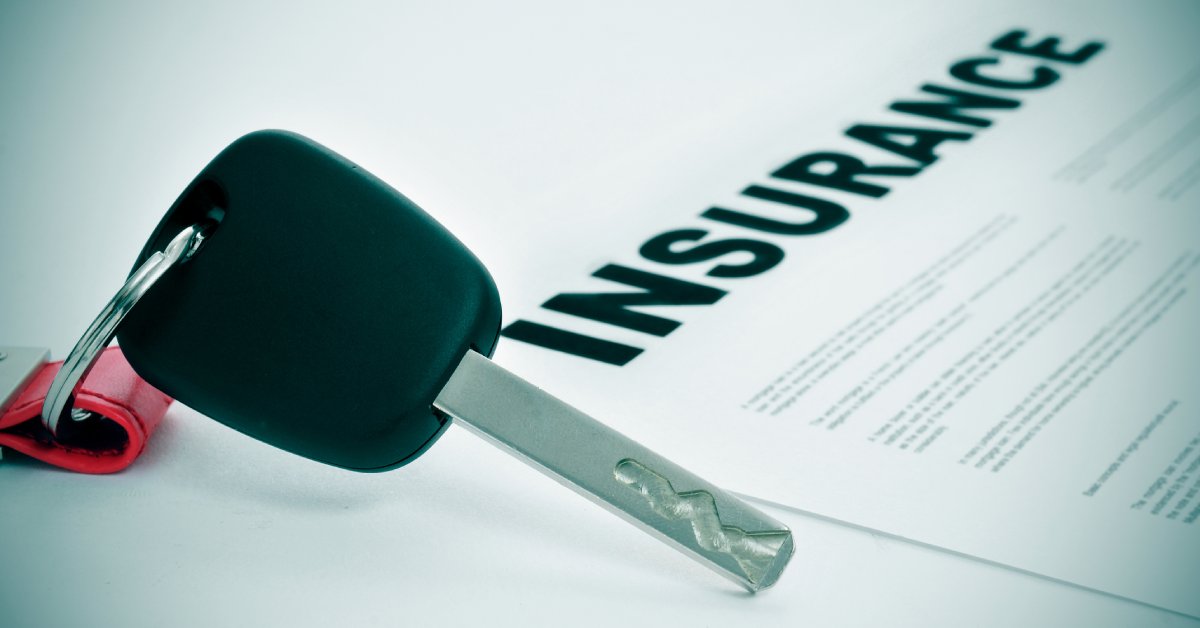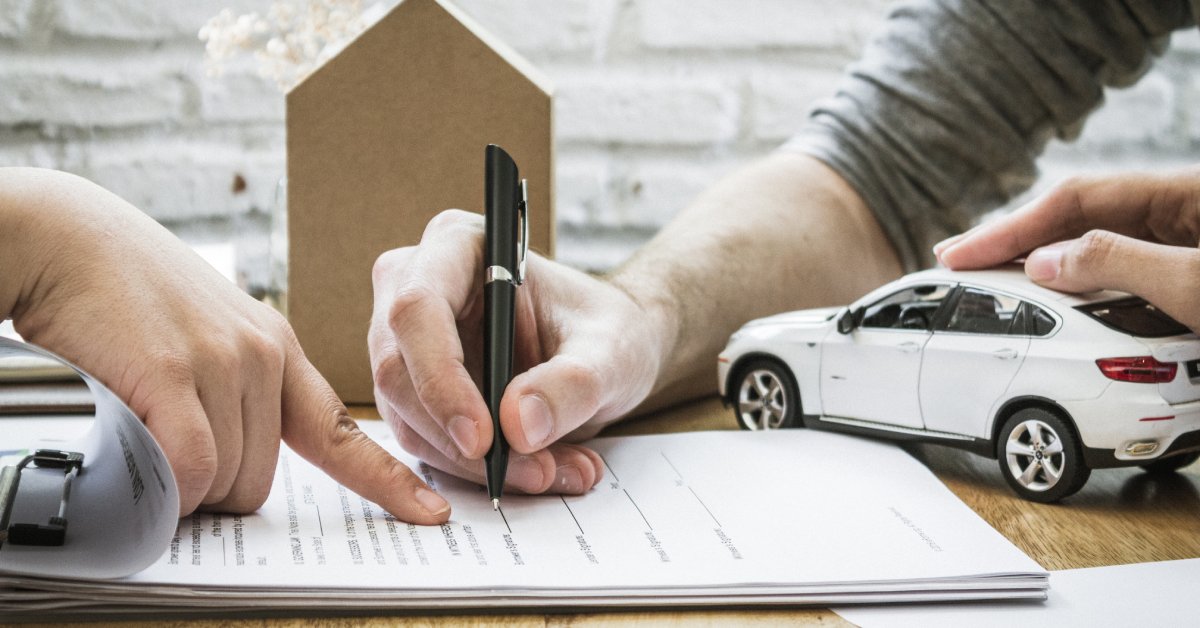Dos and Don’ts of Non-Owner Auto Insurance

Navigating the world of auto insurance can feel complex, especially when you don’t own a car but still find yourself behind the wheel because you borrow or rent vehicles. Fortunately, this is where having non-owner auto insurance can help.
Understanding how this specialized coverage works is the first step toward securing your financial well-being on the road. This guide will walk you through the dos and don’ts of non-owner auto insurance, helping you make informed decisions about your insurance needs.
Do Understand What It Covers
One “do” of this insurance is to understand what it covers. If you are at fault in an accident while driving a borrowed or rented car, this coverage steps in to cover the costs of injuries to the other party and damage to their property, up to your policy’s limits.
This coverage is typically secondary, meaning the car owner’s primary insurance would pay out first. However, if the owner has insufficient or no coverage, your non-owner policy becomes the primary source of financial protection, shielding you from substantial out-of-pocket expenses.
In addition to liability, some non-owner policies may offer other coverages, such as medical payments or uninsured/underinsured motorist protection. Medical payments coverage can help pay for your own medical bills after an accident, regardless of who is at fault.
Uninsured motorist coverage protects you if you are hit by a driver who has no insurance or not enough insurance to cover your injuries. It is essential to review the specific terms of any policy you consider to understand precisely what it includes.
Don’t Assume It Covers the Vehicle You Drove
A common misconception is that non-owner insurance will cover damage to the car you are driving. Non-owner policies explicitly exclude collision and comprehensive coverage, which pay for repairs to the vehicle itself due to an accident, theft, vandalism, or other non-collision events. If you damage a borrowed car, you will still have to rely on the owner’s insurance policy to cover the repair costs.
When renting a car, this distinction becomes even more critical. The rental company’s basic liability insurance might be minimal, and your non-owner policy will supplement that. However, to cover damage to the rental car itself, you would need to purchase the collision damage waiver or loss damage waiver (LDW) offered by the rental agency.
Do Get a Policy if You Frequently Borrow Cars
Another “do” of non-owner auto insurance is to get a policy if you regularly borrow a friend’s or family member’s car. Although their policy should cover you as a permissive user, accidents can have far-reaching financial consequences. If the damages from an accident you cause exceed the limits of the car owner’s policy, you could be held personally responsible for the remaining balance.
A non-owner policy provides an additional layer of liability protection, ensuring you have enough coverage to handle a serious incident without jeopardizing your personal assets. This is especially true for individuals who live in a city, have chosen not to own a car, and still need to drive from time to time.
Don’t Get a Policy if You Own a Car
The name “non-owner” is quite literal. This insurance is specifically designed for individuals who do not own a vehicle. If you have a car registered in your name, you are not eligible for a non-owner policy. Instead, you must purchase a standard auto insurance policy that lists your vehicle.
This standard policy will provide the necessary liability, and likely collision and comprehensive coverage for your car. Similarly, if a vehicle is regularly available for your use, such as a car belonging to someone in your household, a non-owner policy is not the appropriate choice.
In this scenario, the vehicle’s policy should list you as a driver. Insurance companies expect this so they can assess risk accurately. Attempting to use a non-owner policy in this situation could lead to a claim being denied.
Do Get It With SR-22 or FR-44 Insurance
A non-owner insurance policy can be an effective solution for drivers required to file an SR-22 or FR-44 to reinstate or maintain their driving privileges. Non-owner insurance is commonly used to satisfy state requirements for these types of filings, especially if you do not own a vehicle but still need to demonstrate financial responsibility.
The process is straightforward. Once you purchase a non-owner policy, your insurer will file the SR-22 or FR-44 certificate on your behalf with the state. This ensures you meet legal obligations and maintain or regain your ability to drive.
Don’t Get It When You Drive Company Vehicles
Non-owner auto insurance will not cover individuals who drive company-owned vehicles as part of their job responsibilities. If you operate a vehicle provided by your employer, the appropriate insurance coverage should be held by the company itself.
Employer-provided insurance policies cover the risks associated with commercial or business use, which differ significantly from those in personal driving situations. Relying on a non-owner policy in this context may leave you without adequate protection, as these policies do not extend to vehicles owned or regularly made available by your employer. To ensure you are adequately covered while driving for work, always verify that your employer carries sufficient commercial auto insurance on the vehicles you use.
Do Compare Quotes and Coverage Options
Non-owner auto insurance is a specialized product, but that doesn’t mean you should accept the first quote you receive. Prices and coverage options can vary significantly between insurance companies.
Take the time to shop around and compare quotes from several different providers. Pay close attention to the premium and the liability limits offered. Opting for the least expensive policy might mean settling for state-minimum liability limits, which are often insufficient to cover the costs of a serious accident.
Don’t Get It if You Never Drive
If you do not drive at all, obtaining non-owner auto insurance provides no practical benefit and could be an unnecessary expense. Without any driving activity, there is no risk of causing an accident or being held financially responsible for damages, meaning the coverage serves no useful purpose. Instead, it is advisable to forgo non-owner insurance until your circumstances change and you find yourself behind the wheel again.
Ultimately, a non-owner auto insurance policy is an innovative and affordable way to protect yourself financially when you drive but don’t own a car. It fills a critical gap, providing liability coverage that follows you from vehicle to vehicle.
For affordable non-owner’s car insurance tailored to your needs, explore your options with Serenity Group today. Contact us today to gain peace of mind and drive with confidence, knowing you have prepared for the unexpected.



Recent Comments